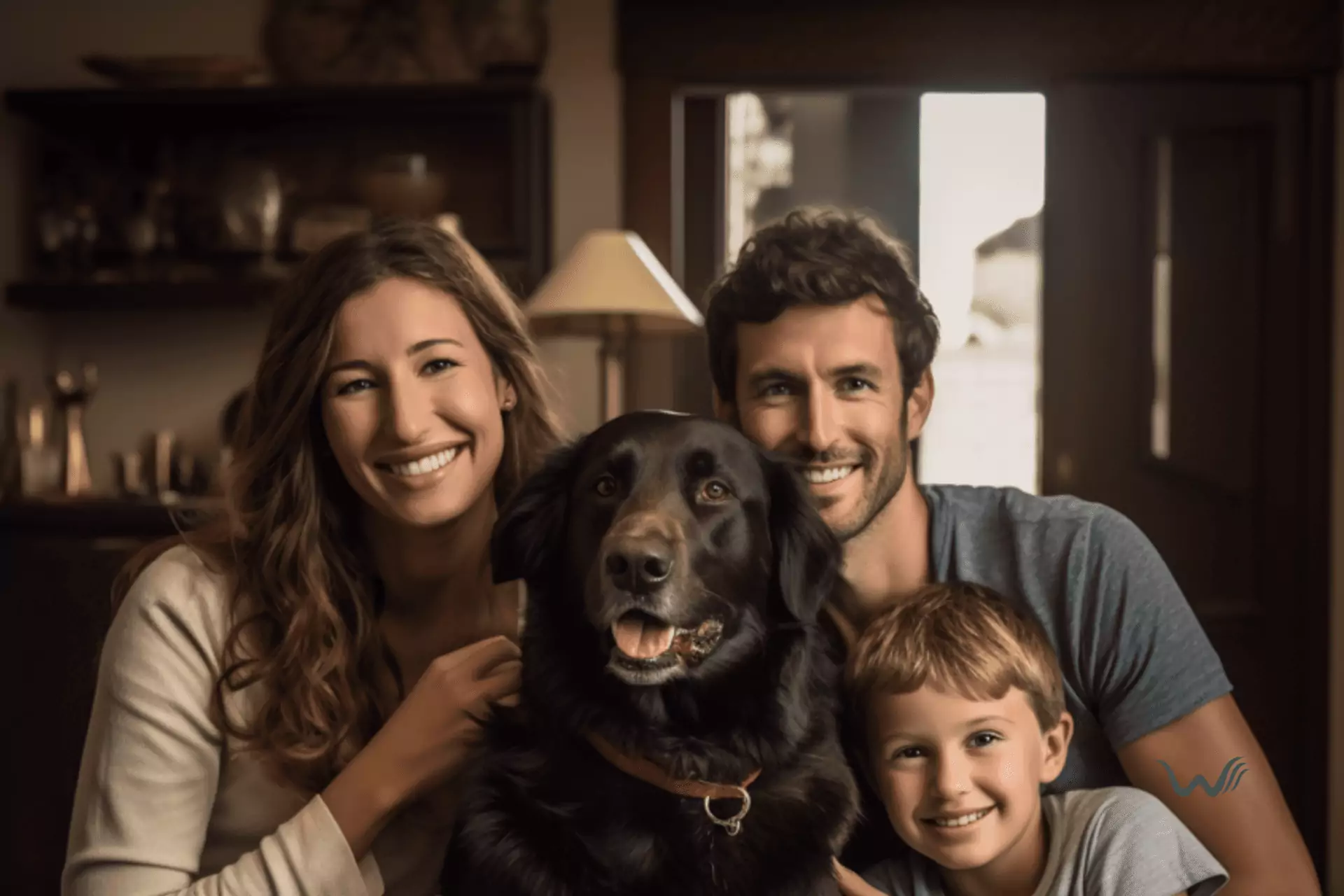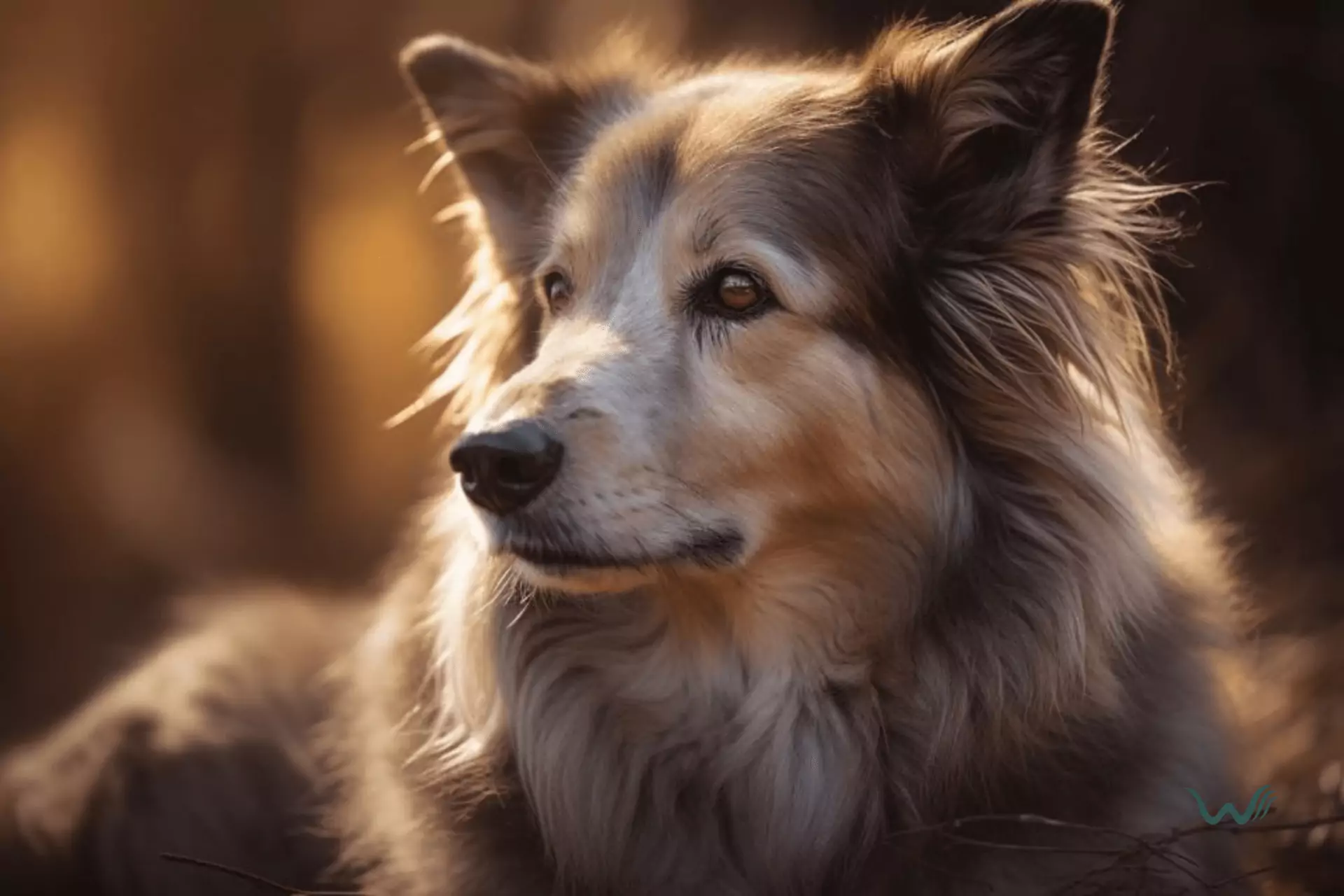

Rescue Dog Tips: Insider’s Guide To Adoption
by Haley Mills
Last updated: January 30, 2024
Verified and Approved by:
Angela Morris,
MSW, LCSW
Fact Checked

Are you ready to open your heart and home to a furry friend in need? Adopting a rescue dog can be a life-changing experience, but preparing for the journey ahead is essential.
In this insider’s guide to adoption, we’ll take you through the process step by step, giving you all the tips and advice you need to make the right choices and create a loving and fulfilling bond with your new canine companion. Whether you’re a seasoned dog owner or a first-time adopter, this article provides valuable insights and tips to ensure a successful adoption experience.
Adopting a rescue dog can be an emotional and sometimes challenging process, but with the proper knowledge and preparation, it can also be enriching. From preparing your home and family for the arrival of your new furry friend to selecting the perfect dog that matches your lifestyle and personality, we’ve got you covered. So, get ready to embark on this heartwarming journey of rescue dog adoption, and let’s find your perfect match together.
Key Takeaways
- Educate yourself on the adoption process and expectations to be fully prepared for the journey.
- Create a pre-adoption checklist to ensure you have everything you need for your new rescue dog.
- Pet-proof your home before bringing a rescue dog home to ensure their safety.
- Introduce your new rescue dog to existing pets slowly and carefully, monitoring behavior and intervening if needed.
Preparing for Adoption
Before adopting a rescue dog, it’s important to educate yourself on the ins and outs of the adoption process and what to expect, as discussed in the ASPCA Pet Health Insurance article “Adopting a Rescue Dog: The Ins and Outs and What to Expect.”
One of the first things you should do is create a pre-adoption checklist to ensure you are fully prepared for your new furry family member. This checklist may include items such as purchasing necessary supplies like food, water bowls, a bed, and toys, as well as making sure your home is pet-proofed by removing any potential hazards.
Additionally, it’s crucial to have a plan for introducing your new rescue dog to any pets you may have. This process should be done slowly and carefully, allowing both animals to become familiar with each other’s scents before any face-to-face meetings. It’s important to supervise these initial interactions and provide positive reinforcement for good behavior to help foster a harmonious relationship between your new rescue dog and your other pets.
Adopting a rescue dog is an exciting and rewarding experience, but it’s essential to be prepared for future challenges. In addition to creating a pre-adoption checklist and introducing your new dog to your existing pets, it’s crucial to understand that rescue dogs may come with unique needs and behaviors.
They may have experienced trauma or neglect in their past, which can affect their behavior and require patience and understanding from their new owners. It’s important to educate yourself on positive reinforcement training techniques and seek professional help if needed.
By preparing yourself and your home and by taking the time to understand and address the specific needs of your rescue dog, you can create a loving and stable environment for them to thrive.
Choosing the Right Dog
When selecting a new furry companion, it’s important to consider the specific traits and needs that will suit your lifestyle and household dynamics.
Here are three key factors to keep in mind as you embark on the journey of choosing the right dog:
- Temperament: Every dog has a unique personality, and it’s crucial to find a dog whose temperament aligns with your own. Some dogs are naturally more energetic and playful, while others are calm and laid-back. Consider your activity level and the amount of time you can dedicate to exercise and play. If you lead an active lifestyle, a high-energy breed may be a great fit. On the other hand, if you prefer a more relaxed lifestyle, a dog with a calmer temperament may be a better match.
- Size and Space: The size of your living space should also be taken into account when choosing a dog. Larger breeds typically require more room to roam and play, while smaller breeds can thrive in apartments or homes with limited space. Additionally, keep in mind the grooming needs associated with different sizes and coat types. Some breeds require regular grooming and maintenance, while others have low-shedding coats that are easier to manage.
- Age: Another important consideration is the age of the dog you wish to adopt. While puppies may be adorable, they require a significant amount of time, patience, and training. On the other hand, adopting a senior dog can be a rewarding experience. Senior dogs often have a calmer demeanor and are already house-trained, making them a great choice for busy individuals or families. However, it’s important to be prepared for potential health issues that may arise with older dogs.
By considering these factors, you can find a dog that will fit seamlessly into your lifestyle and become a beloved member of your family.
Whether you decide to adopt a rescue dog or find a reputable breeder, choosing the right dog will ensure a happy and fulfilling relationship for you and your new furry friend.
How Can Positive Reinforcement Training Help with Adopted Rescue Dogs?
Positive reinforcement training rescue dogs can be incredibly beneficial for adopted rescue dogs. This method focuses on rewarding good behavior, which helps build trust and confidence in these previously neglected or mistreated animals. By using positive reinforcement, rescue dogs can learn new skills and behaviors in a safe and encouraging environment.
What Are Some Tips for Adopting a Rescue Dog After It Has Failed as a Service Dog?
When you adopt a failed service dog, remember to be patient and understanding. These dogs may have gone through rigorous training and may need time to adjust to a new environment. Provide them with love and support as they transition into their new role as a beloved pet.
:Can an ESA Letter Help Me with the Adoption Process for a Rescue Dog?
Yes, an ESA letter can indeed help with the adoption process for a rescue dog. Many shelters and rescue organizations recognize the esa letter benefits pet adoption, as it shows that you have been prescribed an emotional support animal and understand the responsibilities that come with it. This can streamline the adoption process and increase your chances of being approved.
Settling into Your Home
After bringing your new furry friend home, it’s crucial to create a calm and comfortable environment for them to settle into. Crate training is one of the first steps in helping your rescue dog adjust to their new home. A crate can provide them with a safe and secure space where they can retreat when they need some alone time or when you leave the house.
Make the crate inviting by placing a soft blanket or bed inside and adding some toys or treats. It’s important to gradually introduce your dog to the crate, starting with short periods of time and gradually increasing the duration. This will help them associate the crate with positive experiences and make it a comfortable place.
Introducing your rescue dog to any existing pets in your home should be done slowly and carefully. Start by allowing them to sniff each other in a controlled and supervised setting. You can also try taking them on neutral ground for their first meeting, such as in a park or a friend’s backyard.
Keep the initial interactions short and positive, and gradually increase the amount of time they spend together. It’s important to monitor their behavior during these interactions and intervene if any signs of aggression or tension arise. With patience and proper introductions, your rescue dog can form positive relationships with other pets in your home and become a beloved family member.
The Takeaway
In conclusion, adopting a rescue dog can be a wonderful and fulfilling experience. By following the tips and insights in this article, you can ensure a successful adoption and a smooth transition for your new furry friend. Remember to prepare your home and yourself for the arrival of your new dog, and take the time to choose the right dog that matches your lifestyle and preferences.
Once your new dog is settled into your home, be patient and understanding as they adjust to their new surroundings. With love, patience, and proper care, your rescue dog will become a cherished member of your family and bring you joy for years to come. So, take the leap and open your heart and home to a rescue dog in need, and you’ll be rewarded with unconditional love and loyalty.
Certify Your Emotional Support Animal Today

Why You Can Rely on Us?
At Wellness Wag, we believe your pet deserves care rooted in both science and compassion. Each article is carefully researched, written in clear language for pet owners, and then reviewed by qualified professionals to ensure the information is evidence-based, current, and practical for real-life care. Our goal is to help you feel confident in making informed decisions about your pet’s health and well-being.
Reviewed by
Angela Morris, MSW, LCSW
Angela is a licensed clinical social worker with 20 years of experience in patient advocacy and community mental health. She has assisted numerous clients with ESA evaluations and brings a deep understanding of disability accommodations, ensuring that all information is accurate, supportive, and practical.

Written by :
Haley Mills
Last Updated :
January 30, 2024











